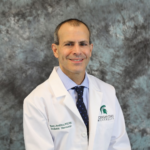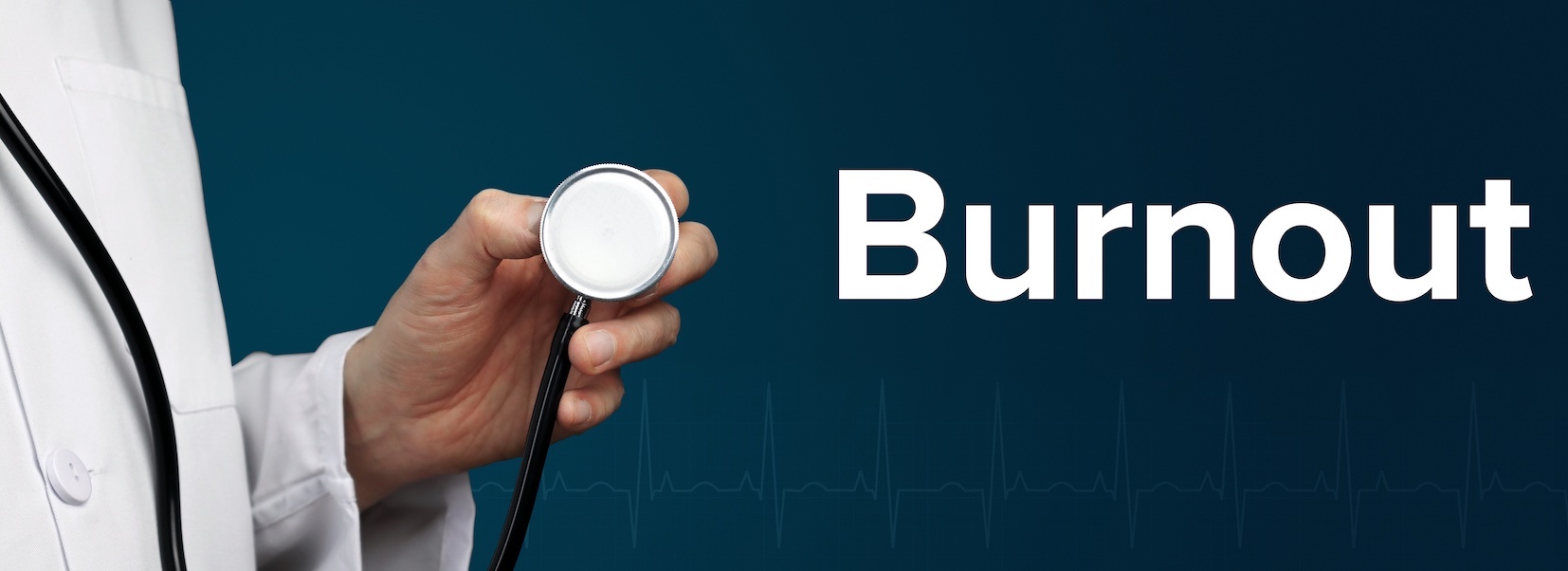I chose to be a neurosurgeon because I sought a life bringing healing to those with neurological diseases. After completing my training with a tremendous sense of pride, I was prepared to have an impact on patients and families in their time of greatest need and hopelessness. I ended each day with the knowledge that I had given my all. Like many others, I ignored fatigue and underestimated the accumulated trauma of occasions where I gave all I had, but the patient’s disease won. My blessings were my family, my resolve and my mission.
Eleven years ago, in an unanticipated instant, my resolve was gone and replaced by fear, hopelessness, and a sense of inadequacy. I lacked the skills to process emotions I had never acknowledged. I could not turn for support to loved ones lest I lose their respect. I was trapped. I was one of the grim statistics — a burned out and depressed physician. The administrative, clinical and personal stressors had whittled away my physical and mental reserves.
Every year almost 400 physicians die by suicide. Simply reading that sentence should be enough to give anyone who has dedicated their lives to helping and saving others cause for concern.
Two recent articles on burnout of U.S. neurosurgeons and neurosurgical residents found the burnout rate was 56.7% for neurosurgeons and 67% for residents. However, paradoxically 81.2% of neurosurgeons and 81% of residents say they are satisfied with their careers. Some of the factors associated with burnout for neurosurgeons included anxiety over future earnings and the ability to achieve work-life balance outside the hospital. For residents, the key factors were hostile faculty and social stressors outside work, such as debt.
Our work in neurosurgery involves the brain health of our patients, and integral to maintaining their brain health is taking care of ourselves while sustaining a work-life balance. A lot has changed in neurosurgical training and technology in recent decades. Now is the time to challenge the status quo. We need to raise awareness about physician wellness and remove the stigma and the tendency to keep physician burnout a secret. Burnout can lead to anxiety, depression, suicidal thoughts, marital and family stress, anger issues, addiction and substance abuse — any of which can lead to dissatisfaction and, ultimately, physicians ending their marriages, their careers and their lives.
Consider the following statistics:
- Physicians are twice as likely to be dissatisfied with their work-life balance than the average working adult;
- In 2015, almost 50% of physicians reported they were burned out;
- Medical students’ rate of depression is 15 to 30% higher than that of the general public;
- Physicians are more than twice as likely to take their own lives than the general population; and
- Female physicians are 2.5 to 4 times as likely to die by suicide than women in other occupations.
We can, and should, do better. If we recognize and reduce the stressors that lead to burnout, we can create a supportive environment for physicians that fosters our own physical and mental well-being. This will allow us to provide the best quality care for our patients.
I know recovery is possible. I recovered through ultra-running, friendships, and other coping strategies. Acknowledging insecurities is vital, but it’s how we deal with them that is key. We should show compassion and kindness to ourselves and the members of the teams we lead.
My efforts over the past four years have been to help colleagues focus on wellness strategies and overcoming burnout. I have shared my story countless times with colleagues, medical students and staff. I do this to destigmatize burnout and let those facing pain in silence know they are not alone. I have also taken the empathy resultant from my pain and turned it into a career focused on healing for the vulnerable. In June 2018, I was recruited by Michigan State University (MSU) to help develop a safer and healthier campus following the trial and sentencing of former U.S. gymnastics and sports medicine physician, Larry G. Nassar, D.O., who went to prison for criminal acts of sexual assault. I help to develop strategic initiatives and programs to increase efficiency, safety, compliance and quality practices across all MSU’s health care services to ensure best practices and exemplary care in a learning and healing environment.
We also formed a wellness and patient experience committee. We developed a faculty peer support program to foster an environment that promotes healthy work-life balance, the continued physical and emotional development of our colleagues, role-modeling of professional and healthy behaviors, and compassionate recognition of unhealthy behaviors. Under the leadership of Claudia Finkelstein, MD, our peer support program offers a safe way for physicians impacted by adverse events, medical errors, litigation or other workplace stressors to talk about their experience and emotions with someone who has empathy from having “been there.” The goal is to ensure all physicians understand stress management and burnout prevention, and to make resources available to help.
We must all listen, learn and heal with each other to achieve a healthier, more peaceful and purposeful life with optimum performance in body, mind and spirit. We must remember we are never alone. And we must find hope even in the darkest moments for the lessons learned can give us insights on how to bring light to others.
Editor’s note: We hope that you will share what you learn from our posts. We invite you to be part of the conversation on Twitter by following @Neurosurgery and using the hashtag #PhysicianBurnout.
 Anthony M. Avellino, MD, MBA
Anthony M. Avellino, MD, MBA
Michigan State University
East Lansing, Mich.





